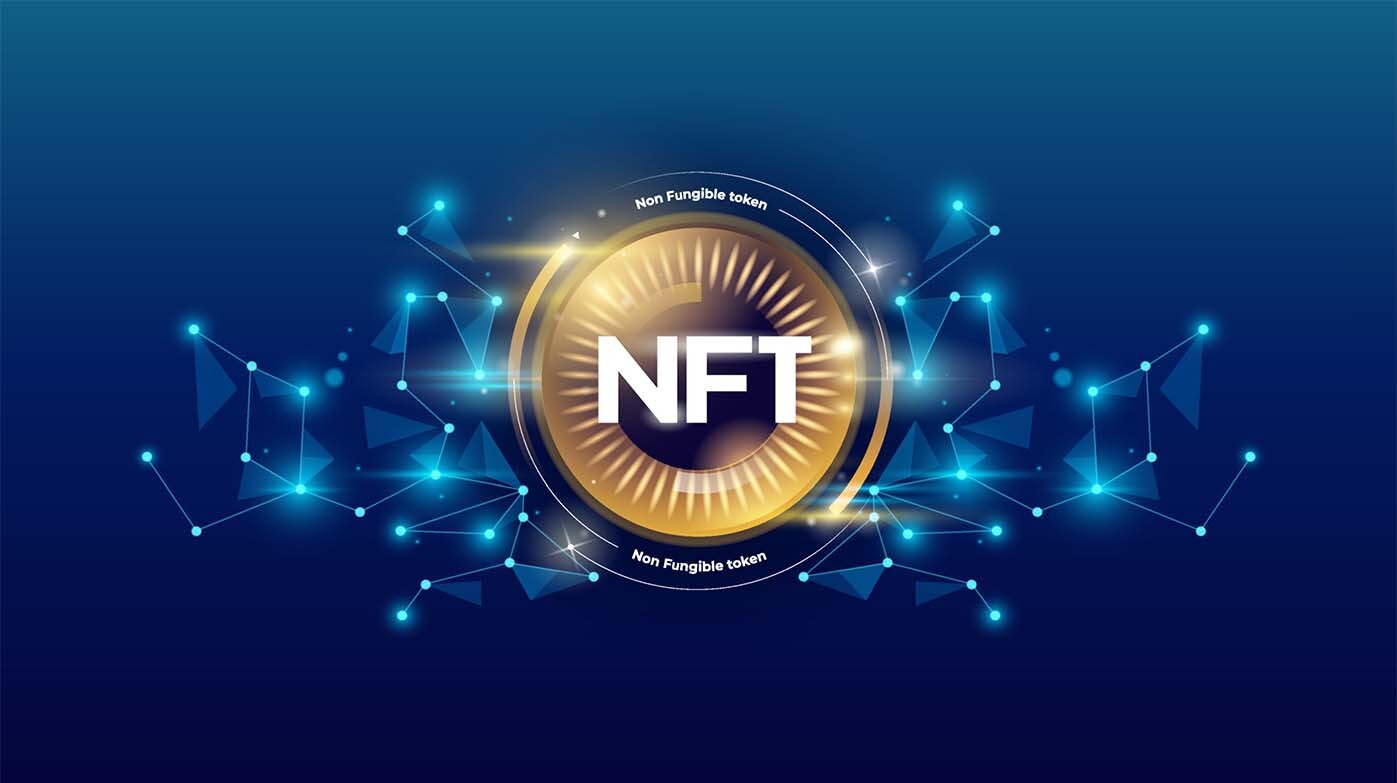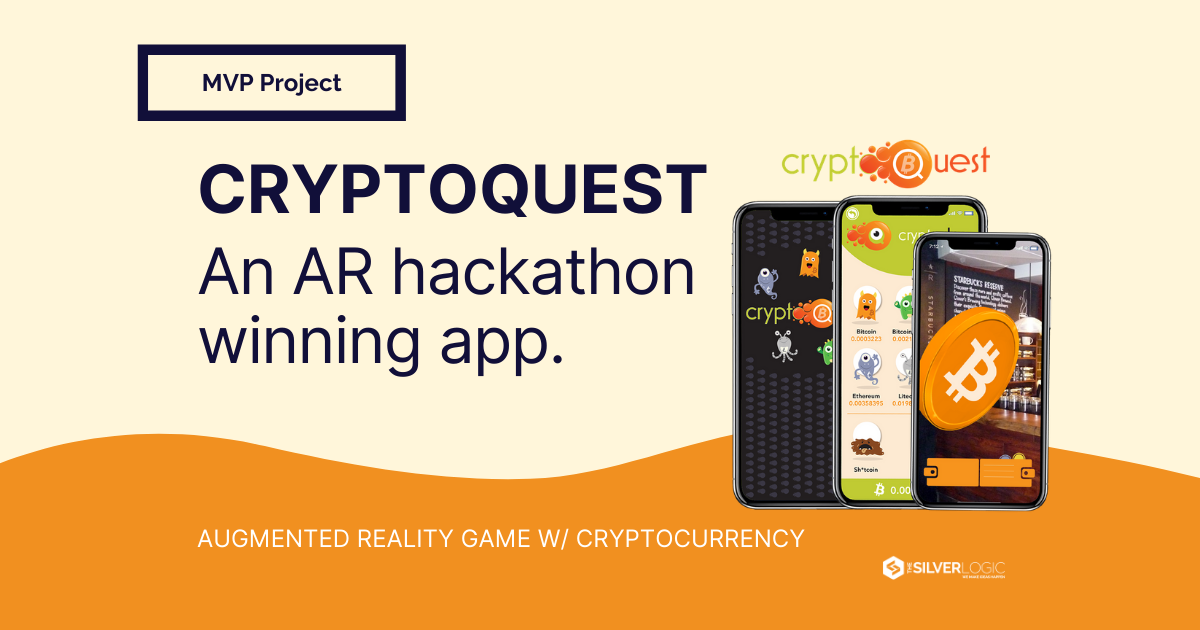NFTs: What are They and Why Should You Care?
What is an NFT?
Non-fungible tokens (NFTs) are unique, digital items with blockchain-managed ownership as opposed to “fungible” assets like government-backed currency, like the US dollar. A dollar is always a dollar no matter the serial number on a specific one-dollar bill or whether it's a dollar sitting in your bank account. Examples of NFTs can include collectibles, game items, digital art, event tickets, domain names, and even ownership records for physical assets (Devin Finzer, Jan 10, 2020, read Feb.1, 2022). A real-world example of the power of NFTs is the sale of a digital collage NFT by digital artist Beeple for $69 million in March of 2021. A more recent phenomenon is “The Bored Ape Yacht Club,” a series of NFT avatars minted on the Ethereum blockchain. Bored Ape NFTs have generated more than $750 million worth of trading volume and are increasingly used by famous athletes and musicians as their avatars on Twitter (Decrypt.co, Jan. 22, 2022, read Feb. 10, 2022).
Also, a recent story carried by AP News and the Tampa Bay Times, reports that a house located in Gulfport, Florida is being sold as an NFT at auction and the property rights will be transferred over the blockchain. The NFT is basically a digitally secure certificate of authenticity and in this case, is similar to a deed. Though this type of real estate transaction is very new and could be described as experimental, it demonstrates the power and versatility of NFTs and the possibilities for future innovation.
How do NFTs Work?
Most non-fungible tokens (NFTs) are created using either the ERC-721 or ERC-1155 standards of the Ethereum blockchain. The differences between those standards are: ERC-1155 permits the creation of both semi-fungible tokens and non-fungible tokens, whereas ERC-721 permits only the latter. Both standards allow NFT creators to issue unique crypto assets via smart contracts. And, because each NFT is stored on a blockchain, there is an enduring record that starts with the token’s creation and includes every sale.
- In ERC-1155, smart contracts are linked to multiple URIs (Uniform Resource Identifiers) and do not store additional metadata (such as file names). In comparison, ERC-721 only supports static metadata stored directly on the smart contract for each token ID, increasing deployment costs and limiting flexibility.
- ERC-1155’s smart contracts support an infinite number of tokens, whereas ERC-721 needs a new smart contract for each type of token.
- ERC-1155 also allows batch transfers of tokens, which can reduce transaction costs and times. With ERC-721, if you want to send multiple tokens, they happen individually.
(web3.university, D. Chang, Dec.2021, read Feb. 9, 2022).
Why are NFTs Significant?
An NFT is a piece of digital information or a token. “Tokenizing” real-world assets allows them to be bought, sold, and traded efficiently with a reduction in the probability of fraud (Investopedia, read Feb.9, 2022). It can be anything that can be stored digitally. NFTs are similar to cryptocurrencies in that they are stored on a blockchain – a database of units of digital data called blocks connected or chained together. No single person or user has control of the blockchain; rather, it is decentralized and all users collectively have control. In the case of NFTs, most are stored on the open blockchain Ethereum and anyone can track them from creation through sale and resale. So, because NFTs are based on blockchains they can simplify transactions by removing “the middle-man,” and build new markets by allowing people to create unique forms of ownership (hbr.org, read Feb.9, 2022).
Since non-fungible tokens would seem to be well-suited for identity management, a future use case may be to convert physical passports into NFTs to streamline the entry and exit processes when traveling from country to country. And this use case can, in turn, be used for online digital identity management as well. Using NFTs like a digital ID card, through smart contracts, you could control who you share your data with and maybe even get paid each time your data transfers from one business to another (PrivacyAffairs.com, read Feb.9, 2022). Another area where NFTs may be used is in the realm of DAOs (Decentralized Autonomous Organizations) which are token-coordinated, internet-native organizations that use blockchain as their foundation. Perhaps NFTS owners could sell their NFT to the DAO in exchange for the DAO's tokens. The NFTs, in a way, work as collateral for the issued tokens and give the token value (NFTevening.com, Jan.2022, read Feb. 11, 2022).
Are NFTs Now Mainstream?
It’s undeniable that NFTs had a huge breakout year in 2021 and that they will become part of everyday life when interacting with digital content and increasingly, music, sports, and real estate (Seeking Alpha, Feb. 7, 2022, read Feb.10, 2022). So, you may be wondering where consumers can view and investigate what is available in the NFT market space. There are several marketplaces but the largest and most used marketplace is OpenSea. OpenSea is the original peer-to-peer alternative to buy and sell non-refundable tokens online, and recently surpassed a trading volume of $10 billion. They also allow you to upload your own NFTs to the marketplace. Other marketplaces include CryptoPunks, Rarible, and SuperRare among many others (gobankingrates.com, Feb. 8, 2022, read Feb.10, 2022).
So, now that you have been introduced to the basic concepts and use cases connected to NFTs, are you ready to dip your toes into the NFT marketplace?


